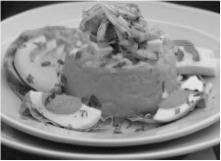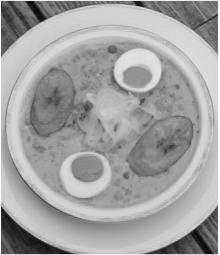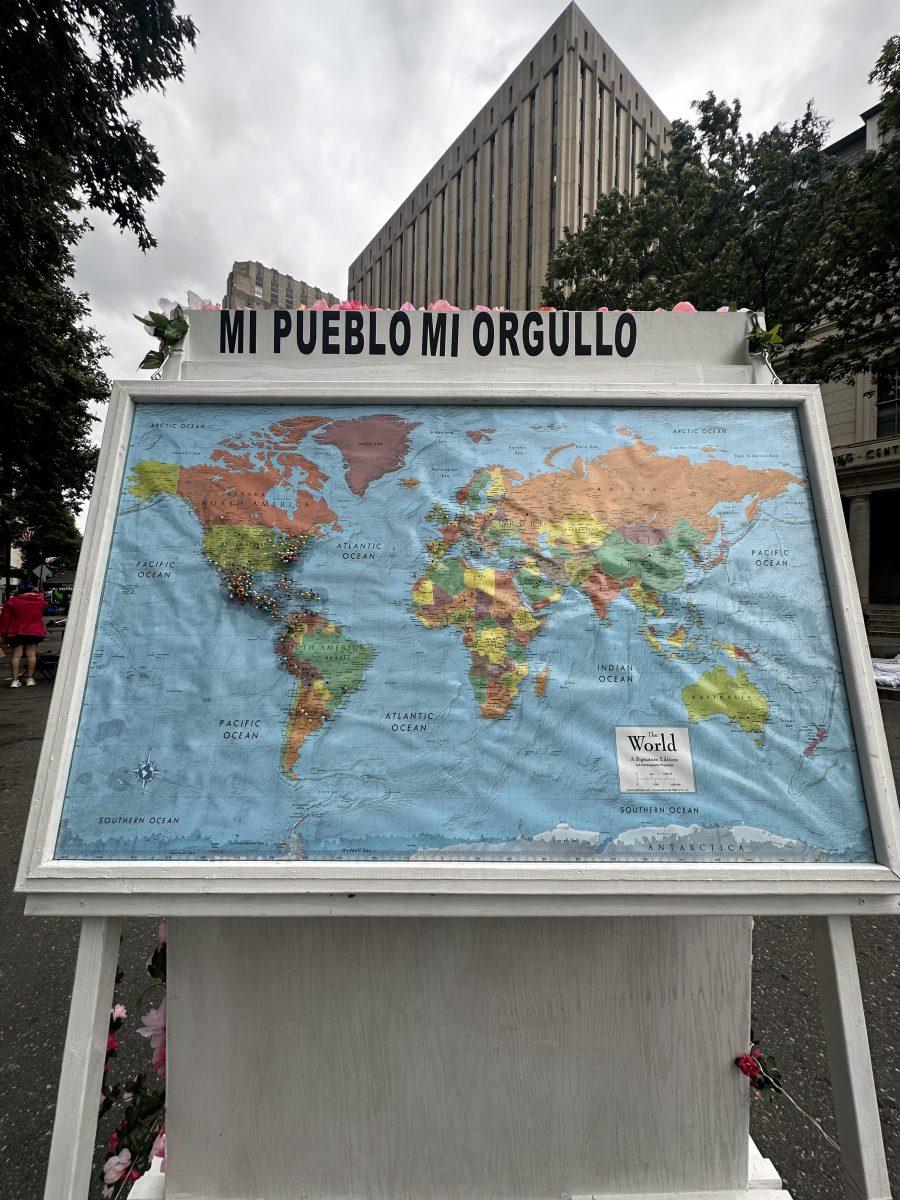Everybody knows that the most special and tastiest foods come out during holiday feasts, and for people from Ecuador, it is no different. There’s the colada morada and the guaguas de pan for Day of the Dead, pristiños with naranjilla honey for Christmas, and the fanesca for Easter.
The fanesca is the main dish during Holy week, but other equally typical dishes also accompany it during these dates. Typically a delicious molo, the Ecuadorian version of the famous mashed potatoes, is served first, followed by a tasty soup called fanesca, and the meal ends with a delicious arroz con leche or dulce de higos dessert.
The molo consists of a mashed potatoes prepared with spices, served on a lettuce leaf and decorated with slices of hardboiled egg, onion and a piece of cheese.
Fanesca, the main dish, is prepared several days in advance and with the participation of the whole family. Each of the 12 ingredients is peeled and cooked separately as a primary step in the preparation. These ingredients include lupini beans and fava beans (two types of beans common to Ecuador), lentils, corn, rice, peas, peanuts, cabbage, yucca or manioc, pumpkin and sambo, a close relative to the pumpkin from the squash family. Some traditions say that the 12 ingredients represent the 12 apostles, while others say instead that they represent the twelve tribes of Israel in the Old Testament in the Bible. Milk, cream, cheese, butter and various seasonings are added during preparation and cooking. Right before the dish is served, bacalao (cod), parsley, flour dumplings and maduros fritos, or fried plantains may be added to the soup dish.
For dessert, some families prepare arroz con leche (rice with milk), a type of sweet rice pudding dessert that contains raisins and cinnamon powder. Other families serve figs in honey with a piece of cheese, a delicacy referred to in Ecuador as dulce de higos.
The fanesca is more than eating a tasty and nutritious dish that’s full of various ingredients — it gives families a great reason to get together. Unfortunately, not all of these ingredients are easy to find here in the United States, however other ingredients can be used in place of the ones used in Ecuador.
It is interesting to note that this type of food is prepared this way because the majority of Ecuadorians are Catholic, and they cannot eat red meat during this week.
During the Holy Week, Ecuadorians traditionally eat one meal a day and only at lunchtime. Nobody eats anything else until the following day, and after lunch, religious rituals of the date are performed.
Fanesca






